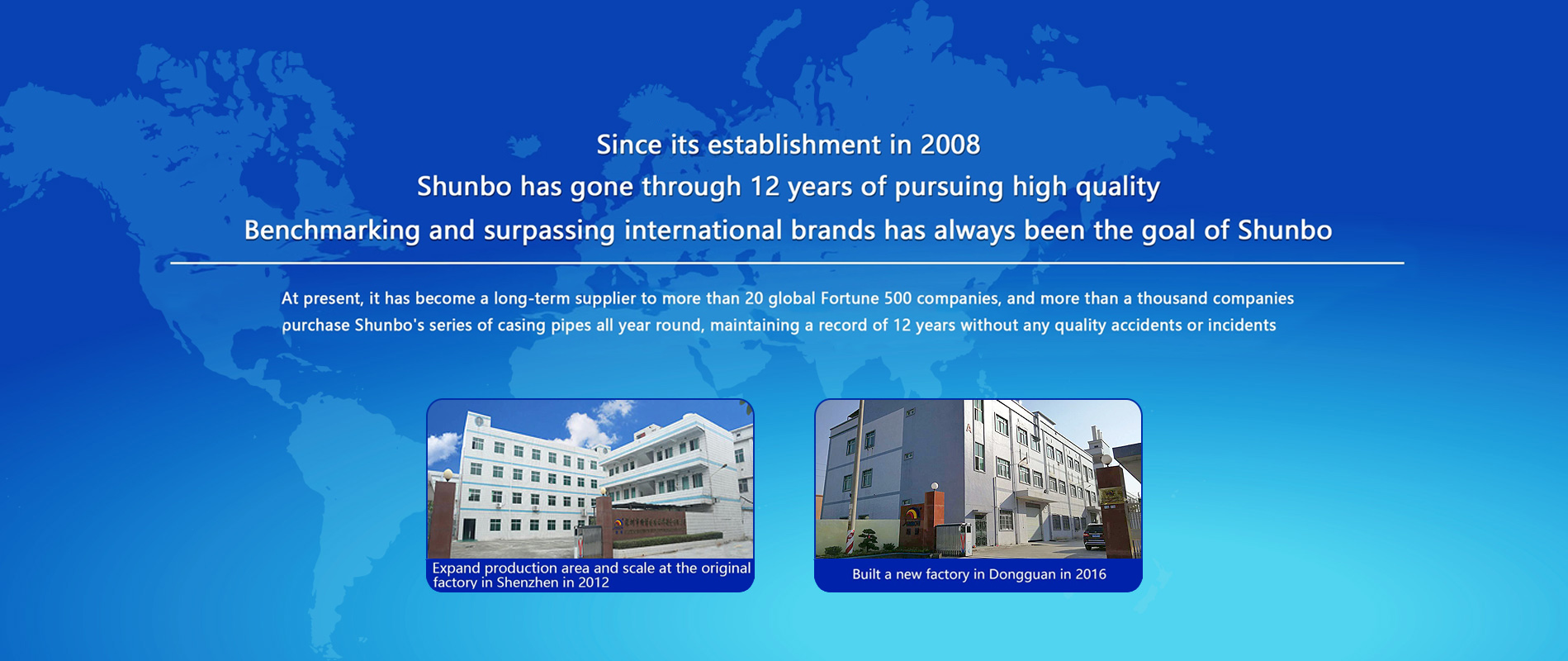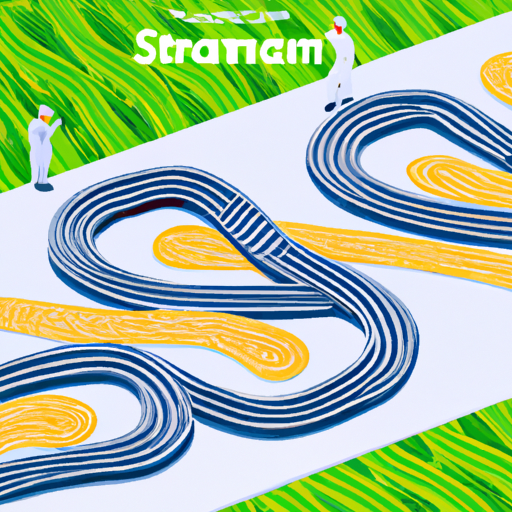
Non-slip patterns are essential in various industries, from automotive to household products, to ensure safety and prevent accidents. The production process of non-slip patterns has evolved over the years to meet the increasing demand for high-quality and durable non-slip surfaces. In this article, we will explore the mainstream production process of non-slip patterns, including the materials used, the different techniques employed, and the applications of non-slip patterns in various industries.

The materials used in non-slip pattern production play a crucial role in determining the quality and durability of the final product. Some of the common materials used in non-slip pattern production include:
1. Rubber: Rubber is a popular material for non-slip patterns due to its excellent grip and durability. It is often used in applications where a strong and long-lasting non-slip surface is required, such as in industrial settings or on heavy machinery.
2. PVC: PVC is another commonly used material for non-slip patterns. It is lightweight, flexible, and easy to work with, making it ideal for applications where a softer non-slip surface is needed, such as in household products or footwear.
3. Silicone: Silicone is a versatile material that is often used in non-slip pattern production due to its heat resistance and flexibility. It is commonly used in applications where a non-slip surface is needed in high-temperature environments, such as in kitchenware or automotive parts.
4. EVA foam: EVA foam is a lightweight and durable material that is often used in non-slip pattern production for its shock-absorbing properties. It is commonly used in applications where a cushioned non-slip surface is required, such as in sports equipment or children's toys.
Techniques Used in Non-Slip Pattern Production
There are several techniques used in non-slip pattern production, each with its advantages and limitations. Some of the common techniques used in non-slip pattern production include:
1. Molded patterns: Molded patterns are created by pouring a liquid material into a mold and allowing it to harden. This technique is often used for producing non-slip patterns with intricate designs or textures, as the mold can be customized to create specific patterns.
2. Embossed patterns: Embossed patterns are created by pressing a pattern into a material, such as rubber or PVC, using a mold or stamp. This technique is often used for producing non-slip patterns with simple designs or textures, as it is a cost-effective and efficient method.
3. Coating techniques: Coating techniques involve applying a non-slip coating to a material, such as paint or adhesive, to create a non-slip surface. This technique is often used for adding a non-slip surface to existing products or surfaces, such as stairs or floors.
Applications of Non-Slip Patterns
Non-slip patterns have a wide range of applications in various industries, including:
1. Automotive: Non-slip patterns are commonly used in automotive applications to provide grip and traction on surfaces such as pedals, floor mats, and steering wheels. They help prevent accidents and improve driver safety.
2. Household products: Non-slip patterns are also used in household products such as bath mats, kitchenware, and furniture to prevent slips and falls. They provide a secure grip on slippery surfaces and enhance user safety.
3. Industrial settings: Non-slip patterns are essential in industrial settings to prevent accidents and injuries caused by slippery surfaces. They are used on machinery, walkways, and flooring to provide a safe working environment for employees.
In conclusion, the production process of non-slip patterns involves the use of various materials and techniques to create high-quality and durable non-slip surfaces. Non-slip patterns have a wide range of applications in industries such as automotive, household products, and industrial settings, where safety and accident prevention are paramount. By understanding the mainstream production process of non-slip patterns, manufacturers can ensure the quality and effectiveness of their products in providing a secure grip and preventing slips and falls.


